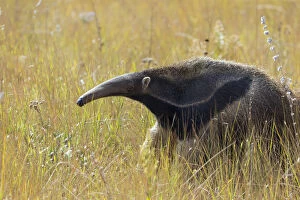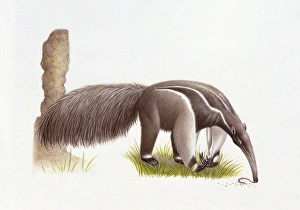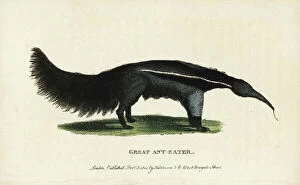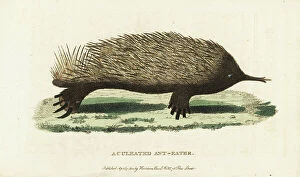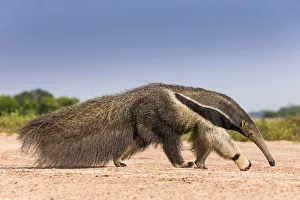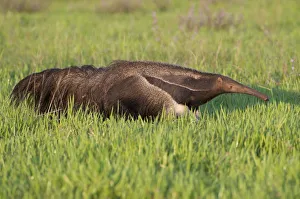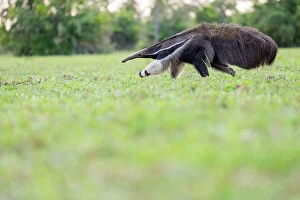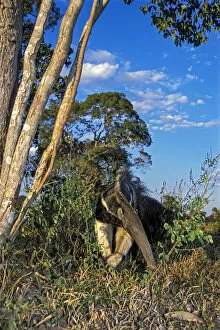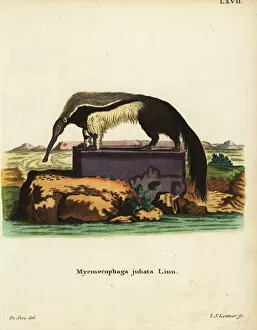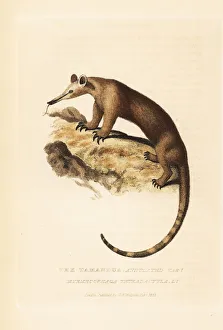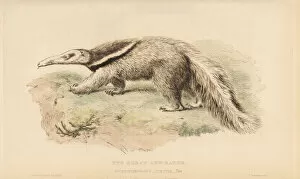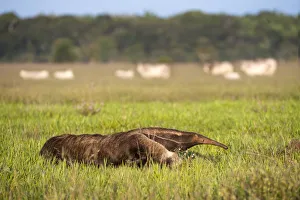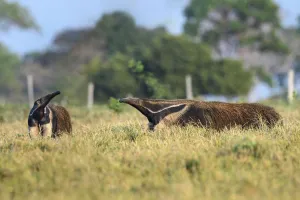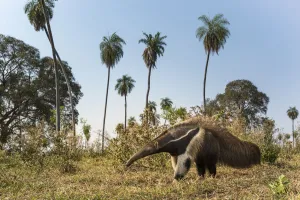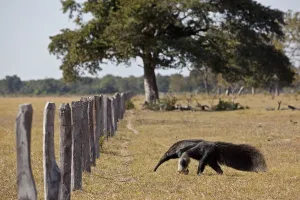Myrmecophaga Collection
The Myrmecophaga, also known as the Giant Anteater, is a fascinating creature found in various regions of Brazil
All Professionally Made to Order for Quick Shipping
The Myrmecophaga, also known as the Giant Anteater, is a fascinating creature found in various regions of Brazil. With its long snout and sharp claws, it is perfectly adapted for its unique diet of ants and termites. In Serra de Canastra National Park, this magnificent species can be observed in all its glory. The Giant Anteater gracefully roams the park's vast landscapes, showcasing its distinctive markings and impressive size. Its presence adds to the rich biodiversity of this protected area. But the Myrmecophaga isn't alone in the anteater family. The Silky Anteater, Cyclopes didactylus, shares some similarities with its giant relative but possesses a more delicate appearance. These two species represent different ends of the anteater spectrum - one massive and powerful while the other small and dainty. Whether walking through Pantanal or Hato El Cedral's habitats, these incredible creatures leave their mark on every ecosystem they inhabit. Their slow yet purposeful movements make them an intriguing sight to behold against backdrops ranging from savannah grasslands to lush forests. The Myrmecophaga's search for ant and termite nests across Caiman Ecological Refuge showcases their resourcefulness as they navigate through dense vegetation with ease, and is truly remarkable how nature has equipped them with specialized adaptations that allow them to thrive in such environments. While exploring South America's diverse wildlife, you may come across interesting encounters between Great Anteaters and South American coatis or even spot other members of the order Xenarthra like pangolins, armadillos, sloths, or platypuses - each possessing their own unique characteristics that set them apart. However, it is crucial to remember that despite their captivating presence in our world today, Giant Anteaters are classified as vulnerable due to habitat loss and hunting pressures. Conservation efforts are vital for ensuring future generations can witness the beauty and wonder of these incredible creatures.

